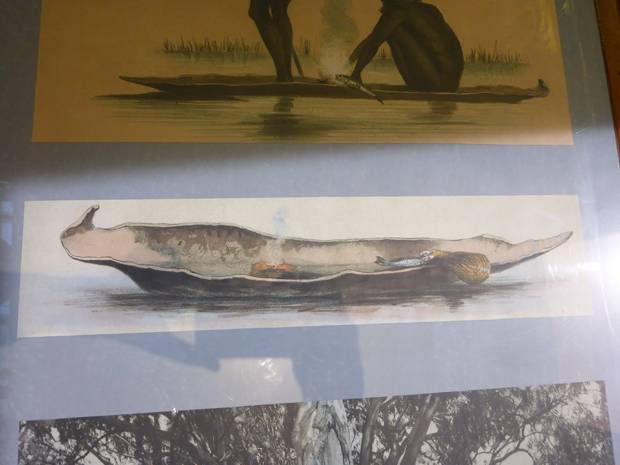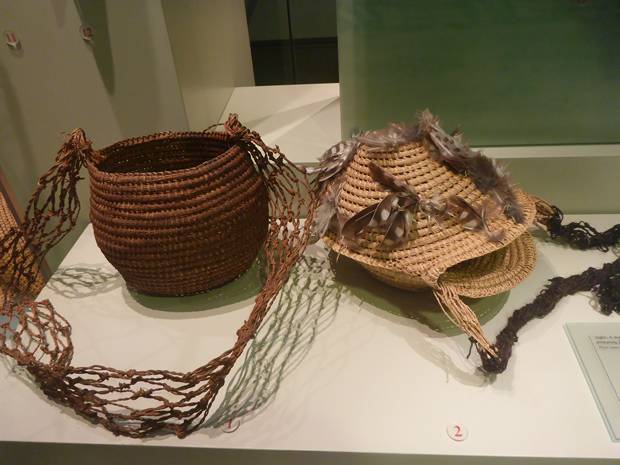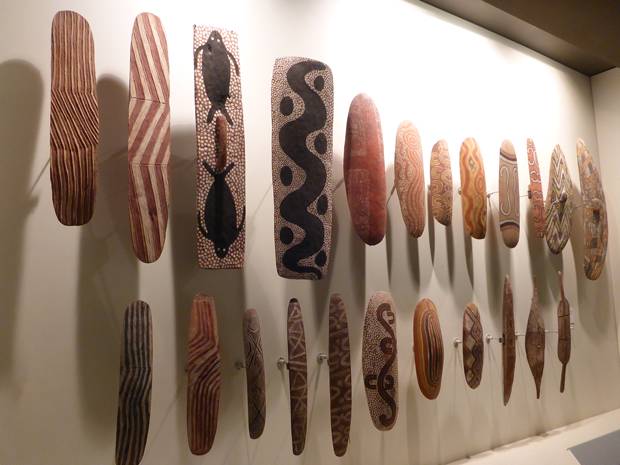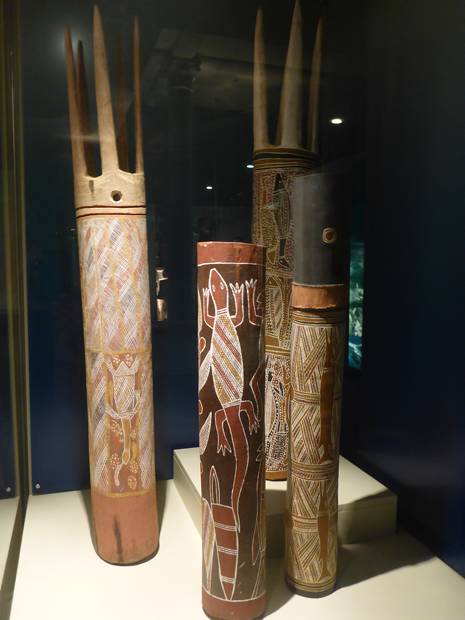Hidden Stories from the South Australian Museum

|
Aboriginal Life in ‘Country’ The views outside our YH are from the communal room and give an idea of just how pleasant Adelaide is. The Youth Hostels we use are always in the city centre, as we have no transport of our own apart from walking it makes life cheap, easy and enjoyable as we both love walking, although preferably not when we are nursing an injured back and a broken foot, my recent x-ray showed my 5th metacarpal base on my left foot is mending well after the bike incident, and beggars can’t be choosers. So that day our journey took us through a banadu (white man) city centre to the heart of Aboriginal life in ‘country’ as they like to call what we know as the outback. In the Aborigine view ‘country’ is a place to be shared, respected and cared for by everyone including us. The South Australia Museum is a magnificent place full with fabulous exhibitions including: - The most ancient fossils from Reg Sprigg’s newly ratified (2004) Ediacaran period which spanned 94 million years up to the beginning of the Cambrian Period 540 million years ago and is named after the Ediacara Hills of South Australia, (thanks Mr Wikipedia, honestly every day’s a school day), Australian Polar Collections and megafauna and opal fossils. Also a whole floor on South Australian biodiversity, one and a half floors on our bininj indigenous friends’ cultures, whales and dolphins flying high in the ceiling above and special exhibitions, a discovery centre and of course, Ancient Egyptian mummies and daddies. Wonderful place. I would have liked to include more but because I have to keep a sense of balance in the blog I decided to concentrate on Aboriginal life as we were visiting their country. The photo of the split tree shows an aged cut from which the tree has spent many years repairing its wound. From the examples we have seen in New Zealand, the islands and here we have learned that both the outer bark can be used for bark paintings and canoe making after it is carefully pealed from the tree. The inner part which has hardened nicely from exposure to the air can also be used for shallow canoes as well as shields and dishes. Many aborigines had dry homes underneath rock overhangs so the bark boards decorated with their paintings would be erected as an outer wall creating an enclosed area with rock paintings on one side and bark paintings on the other, all telling creation stories about the spirits from the ‘dreamtime’ as well as pictorial narratives of their own journeys through country. Just as we have incorporated their artwork into our culture in the form of souvenirs, domestic artefacts and high art, the latter now a valuable part of the global art market, so the aborigines recognise the arrival of white man by extending their art surfaces and mediums to include car doors, school doors (as you will see in the photo) and the media, remember the Bush Mechanics. Years ago, and by co-incidence since it was long before we met, Rob and I both enjoyed an aboriginal art exhibition at the Hogarth Gallery in London where we first saw car doors and other white man’s junk, beautifully decorated with those familiar dots and curls. It wasn’t just the variety of artefacts including spears, boomerangs, shields, baskets, woven bags, mats and clothing, fishing nets, jewellery etc. it was the sheer numbers of each. I wondered how the individual items were obtained and it seems most were gifted to or bought by explorers, missionaries, traders, academics and settlers with acquisitive and inquisitive minds and have been generously gifted or loaned to the museum. There were also vast collections of items showing the way of life of people from the Pacific Islands and Torres Strait, way too much to give due credit to here. We didn’t visit the parasites exhibition but I thought you’d enjoy the advertising poster of the little dog having a good scratch. The mammals and birds stuffed and behind glass were a salutary reminder of the mass extinction we are passing through now. Some were still in existence in the world at the time of the mounting of the exhibits and many others have become extinct since. Take a look at the Tindale Map, what an achievement, not only in mapping the Aborigine clan areas but the fact that the map proved Australia is not Terra Nullius, a land without ownership, it belongs to its people as much as they belong to it. The map has proved invaluable in the numerous claims to land title and will continue to be a rich source of information for scientists and researchers in the future. I would love to know to what extent Tindale produced the map for those purposes and what was his original intention. All that wealth of artefacts and information brought on quite an appetite so it was then time for lunch before we tackled the Art Gallery.
|



























